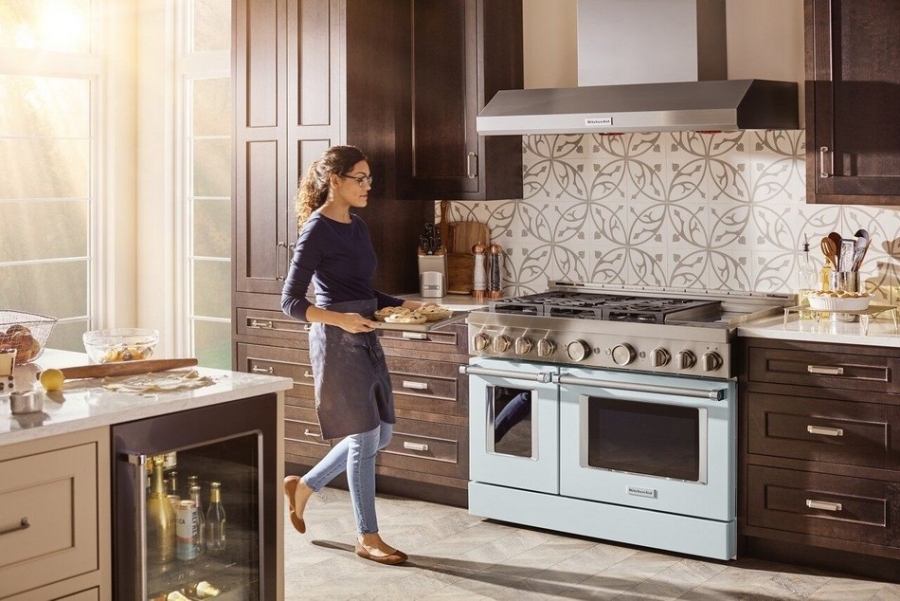Home buyers who had their real estate plans interrupted by the pandemic may benefit from a reset before they plunge into the current real estate market.
• Buyers whose real-estate buying efforts stalled in March 2020 may benefit from reviewing their must-have list and how they created it.
• Buyers whose pandemic experience triggered a work-from-home must-have list may benefit from adopting a long-term view of how they need home to function for them and their family.
How much have your experiences during the pandemic changed your lists of real estate must-haves, don’t-wants, and ready-to-splurge-ons?
Real estate buyers want a new home—an invigorating space to spread out in, an affordable celebration of what they’ve achieved, a comfortable shelter to share, somewhere to play, a place to belong.
Over the last few months, a lot has changed. The old “normal” has been replaced in ways that are only now becoming apparent.
Pre-covid, “open concept”—which is commonly created by tearing down interior walls—was a sought-after lifestyle design for move-in-ready buyers and a must-have end result for fixer-upper purchasers.
Opening lines of sight and combining three, four, or more functional rooms—kitchen, dining room, livingroom, rec room, hobby room, study…—creates an enviable “airy” living environment. Parents can see what children are up to; the family cook is part of the action instead of being shackled to the stove; entertaining is enhanced for guests who can scatter across welcoming spaces without missing out on anything.
After more than nine months of families isolating together in open-concept spaces 24-7, this unstructured environment hasn’t provided the perfect lifestyle bonus that all homeowners expected. While facilitating childcare, partying, family interaction, and making cooking a participation sport, open concept means less privacy, more noise, more distraction, more visible mess, more heating/cooling cost, and more cleaning. There’s no right or wrong here, just personal preference. What’s yours?
• What makes looking after pre-school and small children easier may not work as well when your children are a few years older or in high school. For instance, teens value personal space and privacy so you may be sitting in the open space alone.
• Working and schooling from home requires privacy and quiet for concentration. High ceilings, hardwood floors, and hard tile surfaces can become noisy nightmares. Balancing hard and soft surfaces with acoustical panels is an often-overlooked solution.
• Cost can also be a factor. When you are only using one corner of your high-ceiling, open space, you will still have to heat or cool the entire volume 24-7.
Buyers, stop and think why you want what you want and what you’ll need over the next two or three years—that is, during and after the pandemic:
1. Where did your “wants” come from?
Do many of your must-haves reflect pre-covid working-away-from-home lifestyles or are they pandemic reactions to being in the same space with your family almost 24/7? What about your post-pandemic needs? Do you aim to continue working from home and/or home-schooling your children?
2. What’s typical?
Talk to your real estate professional about the age, construction quality, common defects, and dated-design features of homes in your preferred area and price range. What will you get—features and building quality—for your money and what might be beyond your price range or not readily available in those neighborhoods?
Know in advance what to expect, so you recognize realistic compromises and a deal you can enjoy living with.
3. How can you stretch buying dollars?
In view of your must-haves, where does value lie and how can you stretch your buying dollars? Will you buy a move-in-ready home, pay for extensive renovations, or tackle do-it-yourself make-overs of specific areas? Covid-related shortages of construction materials and workers in your area may make renovation an expensive, frustrating, and time-consuming option.
If renovation is part of your plan, don’t jump into a home purchase without researching costs, wait-times for professional contractors, and completion times. Understand what you’re getting into.
4. What does “feels like home” mean to you?
“I’ll know it when I see it” and “it must feel like home” are common buyer strategies that don’t always serve buyers well. Change paint color and furnishings and any room takes on a completely different feel. There may be more value in a house that is poorly decorated but that has “good bones” than a house cleverly staged to camouflage flaws and shortcomings, if not outright problems.
• Invest time looking in magazines, at TV series, and online at before and after room make-overs to learn what it is about a room that designers see before they set to work transforming.
• Measure your current rooms and larger furniture pieces to establish an understanding of how much space you really need to live comfortably.
5. Do you understand that What You Don’t Know About Real Estate Could Cost You?
It’s what you don’t know about real estate that could cost you when buying or selling. What you don’t know about real estate, real estate professionals do. Learn about significant knowledge gaps for buyers and sellers, and how professionals fill those gaps—when asked…Read on
As always, a prepared buyer/seller is a confident buyer/seller!




